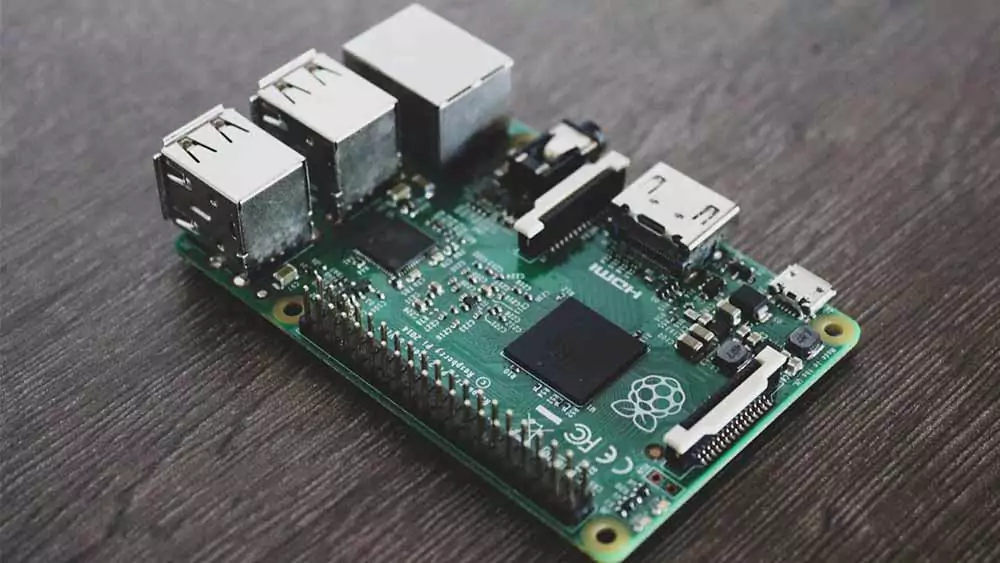Key Factors Businesses Must Consider When Sourcing Circuit Boards

Source circuit board is the important foundation that powers nearly every device and system. Whether it’s for consumer gadgets, industrial machinery, or advanced medical equipment, the quality and reliability of printed circuit boards (PCBs) play a vital role in product performance. For businesses, sourcing the right circuit boards is about making informed decisions that affect cost, functionality, and reputation. With numerous factors to consider, from quality standards to regulatory compliance, the sourcing process demands careful attention. This blog explores the key considerations businesses must evaluate when sourcing circuit boards effectively.
Essential Tips for Choosing the Right PCB Manufacturer
Source circuit board solutions with reliable PCB suppliers that meet ISO and RoHS standards for scalable, cost-effective manufacturing needs.
1. Scalability and Flexibility Support Business Growth
As businesses grow, their PCB sourcing needs will evolve. A supplier that can handle small batches may not be capable of fulfilling larger, more complex orders as demand increases. If we go here, we can see that scalability should be a key factor in the decision-making process. Businesses should assess whether a supplier has the infrastructure, technology, and workforce to support growth without sacrificing quality or lead time. Flexibility is critical, as suppliers that can adapt to design changes, expedited orders, or sudden volume increases can help businesses stay competitive in dynamic markets. Establishing a relationship with a supplier that views itself as a long-term partner rather than just a vendor can foster a more agile and responsive production environment.
2. Quality and Certification Standards
The most critical factor when sourcing circuit boards is ensuring that quality and certification standards are strictly met. A poorly manufactured circuit board can lead to system failures, safety hazards, or even legal liabilities. Businesses must vet suppliers thoroughly, verifying compliance with international standards such as ISO 9001 for quality management systems, IPC-A-600 for PCB acceptability, and UL certification for safety. If the boards are used in medical, or aerospace applications, stricter standards like ISO 13485 or AS9100 may apply. Self driving automotives system compliance with PCB innovations rely heavily on advanced PCBs to manage complex sensor networks, AI processing, and communication modules. Compliance with automotive-grade PCB standards such as IPC-6012DS and ISO 26262 ensures functional safety, durability, and performance reliability under extreme conditions. Requesting detailed test reports, conducting audits, and asking for product samples are important steps in the vetting process. Ensuring quality from the start improves reliability and reduces the need for rework and warranty claims down the line.
3. Lead Times and Supply Source Circuit Board Chain Reliability
Timely delivery of circuit boards is vital for maintaining a smooth production schedule. Businesses must consider the lead times offered by different suppliers and assess how reliable these timelines are in practice. Global events such as pandemics, geopolitical tensions, and shipping bottlenecks have shown how vulnerable supply chains can be. To mitigate risks, companies should look for suppliers with transparent logistics processes, multiple manufacturing sites, and contingency plans in place. It may be wise to diversify the supplier base rather than relying solely on one source. Local or nearshore suppliers can sometimes offer more reliable delivery schedules than offshore partners, depending on the specific needs of the business. Real-time tracking and consistent communication should be standard features of the sourcing agreement.
4. Cost Efficiency Must Balance With Long-Term Value
While cost is always a consideration, businesses should be cautious not to choose a supplier based solely on the lowest price. They should look at the value offered. This includes evaluating the total cost of ownership, factoring in shipping, taxes, potential delays, quality control measures, and post-sale support. A supplier with slightly higher prices but superior customer service, better product reliability, and more flexible order management can often provide greater long-term value. Volume discounts, strategic partnerships, and negotiation opportunities should be part of the cost assessment process. Businesses must consider the financial implications of their decisions over the full lifecycle of the product.
5. Technological Capabilities Should Match Design Requirements
Not all suppliers are equipped to manufacture every type of circuit board. Some projects require advanced capabilities, such as multilayer PCBs, flexible circuits, HDI (High-Density Interconnect) designs, or embedded components. Businesses must ensure that a prospective supplier can meet the technical requirements of their specific designs. Reviewing case studies, production specifications, and asking for prototyping services can help determine technological compatibility. Engineering support is an important differentiator, as suppliers who offer design-for-manufacturing (DFM) feedback can help optimize layouts for production, thereby reducing errors and improving efficiency. A mismatch between a supplier’s technical limits and a company’s product requirements can lead to redesigns, increased costs, or even project failure.
6. Environmental and Regulatory Compliance Is Crucial
Compliance with environmental and legal requirements is no longer optional. Businesses sourcing circuit boards must ensure that their suppliers adhere to international environmental regulations such as RoHS (Restriction of Hazardous Substances), REACH (Registration, Evaluation, Authorization and Restriction of Chemicals), and WEEE (Waste Electrical and Electronic Equipment). Failure to comply can result in heavy fines, shipment rejections, and reputational damage. Sourcing from ethical suppliers that follow labor laws and operate transparently is increasingly important to consumers and investors.
Conclusion:

Sourcing circuit boards is a multifaceted process that demands strategic foresight and diligent evaluation. From quality assurance and cost-efficiency to technological compatibility and environmental compliance, each factor plays a pivotal role in ensuring the reliability and performance of electronic products. Companies that take the time to thoroughly vet suppliers, assess long-term value, and prioritize flexibility and scalability will be better positioned to navigate market challenges and capitalize on growth opportunities. By viewing PCB sourcing as a foundational component of product success, businesses can build stronger supply chains and deliver superior technology to their customers.

news via inbox
Sign up and never miss out on the latest news and updates at HighStuff



